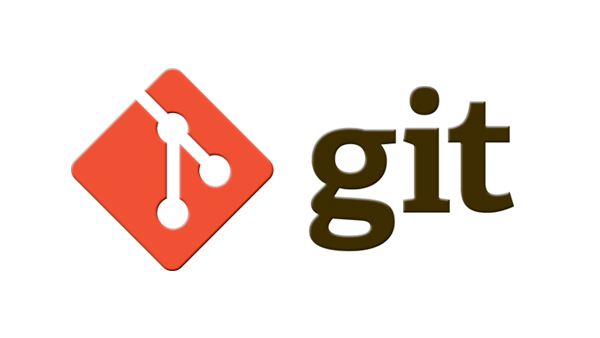«CRC-8/16/32»

«AES-128/256»

«Password-Generator»

«Flutter»

«Dart»

«Android»

«Swift»

«Objective C»

«CocoaPods»

«PHP»

«JavaScript»

«Bootstrap»

«Git»

«Vim»

«CentOS»

«Yii»

«Nginx»

«C++»

«MySQL»

«Kotlin»

«Java»

«MacOS»

«Xcode»

«VSCode»

«SSL»

«AI»

«Algorithm»

«OpenGL»

«Python»

«Bluetooth»

«Search Engine»

«Vuejs»

«Nodejs»
